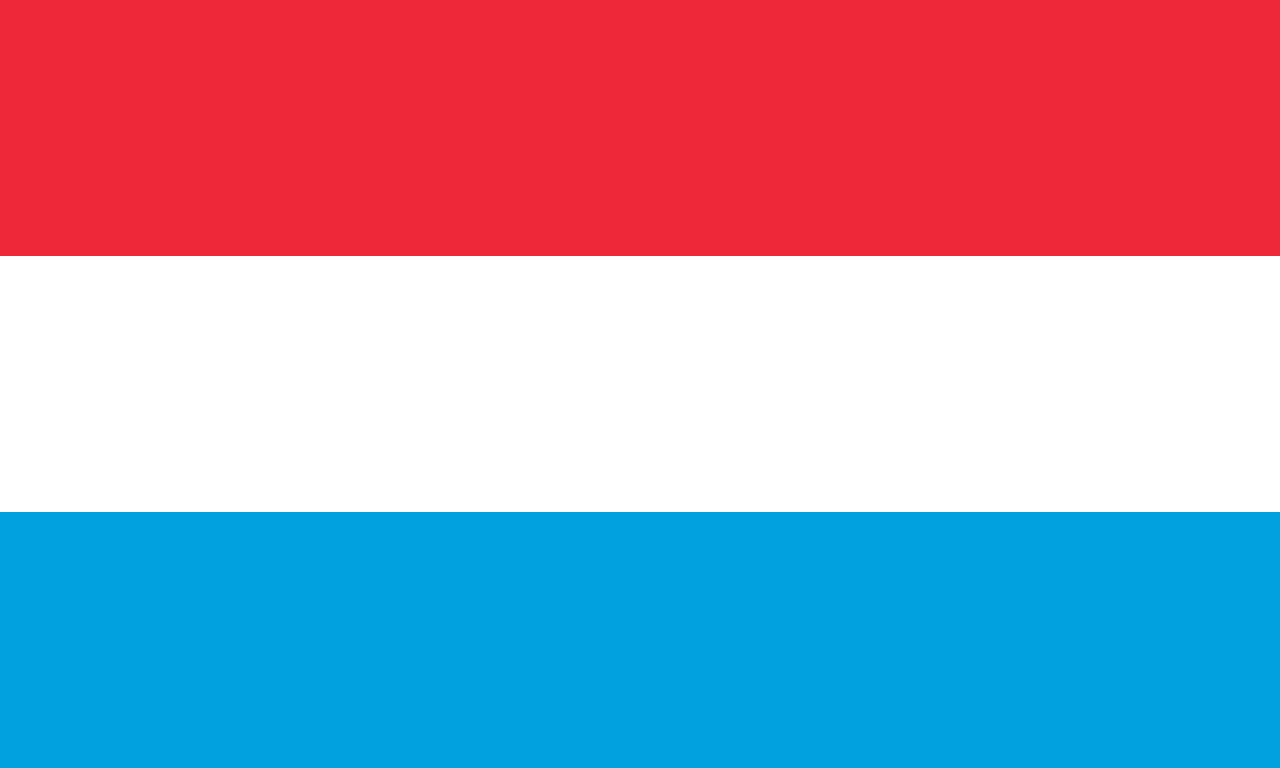Netherlands Flag Meaning
A horizontal tricolor of red, white, and blue, the oldest tricolor still in use today. It originated in the 16th century during the Dutch Revolt against Spain.
- Continent
- Europe
- Adopted
- 1937
- Ratio
- 2:3
- Colors
- red, white, blue
- Designer
- Evolved from the 'Prince's Flag' of William of Orange

Symbolism
Red Stripe: Originally orange, it symbolizes bravery and strength.
White Stripe: Represents peace and honesty.
Blue Stripe: Symbolizes loyalty, vigilance, and justice.
History
- 1572: The 'Prince’s Flag' of orange, white, and blue was used during the Dutch Revolt against Spain.
- 17th Century: The orange stripe gradually changed to red, possibly due to fading of the original dye.
- 1796: The Batavian Republic officially used the red, white, and blue tricolor.
- 1937: Queen Wilhelmina formally established the red-white-blue as the national flag.
Trivia
- The Dutch flag is the oldest tricolor in continuous use.
- The original orange stripe symbolized William of Orange, leader of the independence movement.
- The flag inspired many others, including those of Russia, New York City, and South Africa (historical).
- On King’s Day, the flag is often flown with an orange pennant.
- The Dutch tricolor is simple but deeply tied to national independence and maritime history.
Related Countries

Belgium
Europe
Three vertical stripes of black, yellow, and red derived from the coat of arms of the Duchy of Brabant, adopted during Belgium's independence revolution and representing the nation's determination, generosity, and sacrifice.

Luxembourg
Europe
Three horizontal stripes of red, white, and light blue representing the Grand Duchy of Luxembourg, one of Europe's smallest but wealthiest nations and a founding member of the European Union.

Germany
Europe
Three horizontal stripes of black, red, and gold representing the democratic traditions of Germany, with colors rooted in the 19th-century liberal movement and symbolizing unity, justice, and freedom in the modern Federal Republic.

Denmark
Europe
A red field with a white Nordic cross slightly offset toward the hoist, known as the Dannebrog, representing one of the world's oldest national flags and the Christian heritage of the Danish kingdom.

Wales
Europe
Y Ddraig Goch - the red dragon passant on green and white horizontal field, representing Welsh heritage and Celtic identity.

Switzerland
Europe
A red square field with a white Greek cross in the center, representing the Christian faith that united the early Swiss cantons and the blood shed in defense of freedom, with origins dating back to the Holy Roman Empire and medieval Swiss military banners.